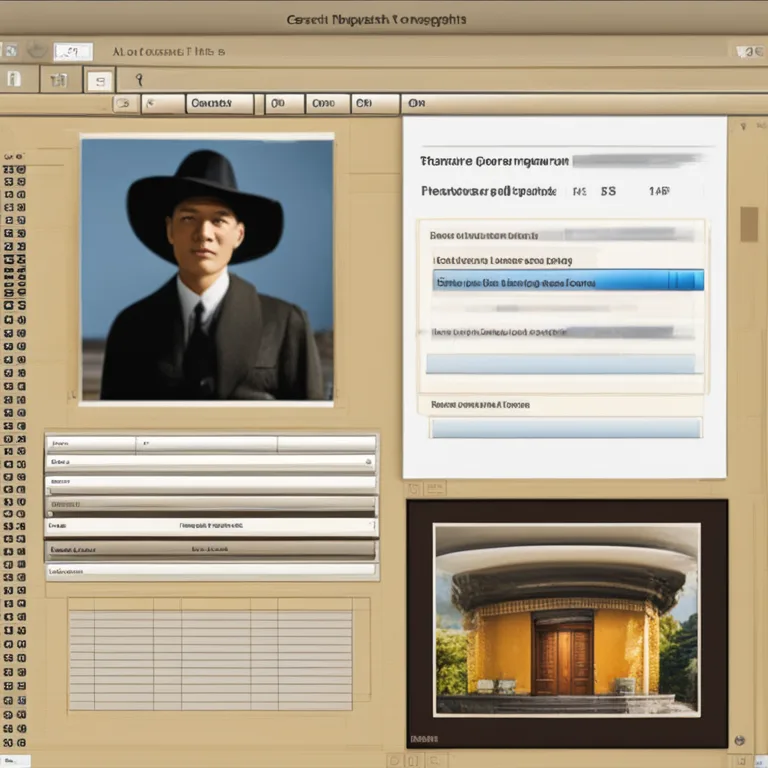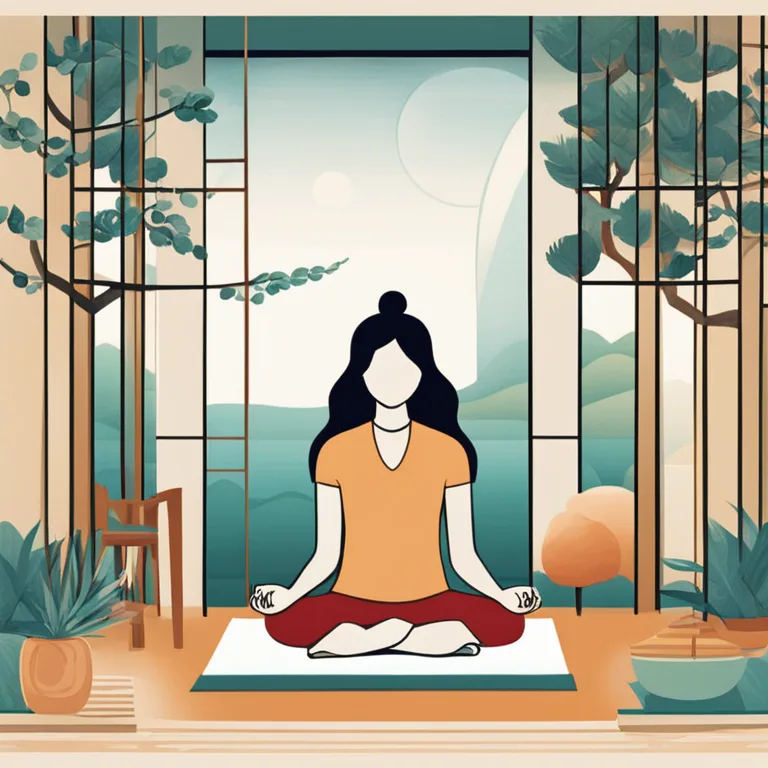
Guided Meditation Techniques for Inner Peace
Discover effective guided meditation techniques to cultivate calmness and inner harmony in this concise guide.
article by Hina Kurosawa
Begin with Intention
Whether you're new to meditation or looking to deepen your practice, setting a clear and focused intention paves the way for a transformative experience. Beginning with intention means taking a moment before your meditation to acknowledge the purpose or goal of your session. It could be seeking clarity, finding peace, or releasing stress. By doing so, you create a mental pathway that guides your meditation and enhances the benefits of your practice.

Creating a Calm Environment
The space in which you meditate can significantly affect the quality of your experience. In 2024, the trend towards minimalism continues to influence meditation spaces, advocating for clutter-free areas that promote calmness. Personalize your meditation area with elements that soothe the senses—a comfortable cushion, soft lighting, or a subtle fragrance. A serene environment not only supports a focused practice but also helps to establish meditation as an integral part of your daily routine.

Finding Your Guide
Technology has made accessing guided meditations easier than ever. With the wealth of apps and online resources available, finding a meditation guide that resonates with you is a personal journey. Check the latest app reviews or platforms like YouTube for highly recommended meditation leaders. Ensure your choice aligns with your goals, whether it's mindfulness, relaxation, or personal growth. An authentic connection with your guide will amplify the benefits of your sessions.

Embracing Mindful Breathing
Mindful breathing is the cornerstone of most meditation practices. Focusing on your breath helps anchor your mind in the present moment and serves as a tool to return to when distractions arise. A simple technique involves counting your breaths: inhale for a count of four, hold for four, exhale for four, and hold again for four. This pattern, known as "box breathing," has been shown to reduce stress and improve mental clarity.
Engaging in Visualization
Visualization is a powerful technique where you picture a calming image or scene, which becomes more vivid with practice. As we advance into 2024, science continues to discover how visualization can rewire the brain for positivity and calm. Choose scenarios that resonate with you, such as a quiet beach at sunset or a majestic mountain vista. Engaging your senses fully in this mental image can enhance the tranquility of your meditation.
Incorporating Mantras
Mantras—repeated words or phrases—can be an effective tool in guided meditations. By concentrating on a mantra, you can keep your mind from wandering and deepen your meditative state. Modern practitioners often choose affirming phrases like "I am at peace" or "I am enough." Chanting or silently repeating these mantras can create a rhythm that keeps you centered and focused throughout your session.
Concluding with Gratitude
Concluding your meditation with gratitude is an excellent way to enhance your sense of wellbeing. Take a few moments at the end of your practice to quietly acknowledge and give thanks for the experience, your dedication to self-care, and any insights gained. Incorporating gratitude into your guided meditation can instill a lasting sense of contentment and joy that carries beyond your practice and into your daily life.
Published: 1/8/2024
Modified: 1/8/2024
More predictions
Come back here soon to learn more about yourself and your future


Meditation: Finger Techniques Explored
Discover the art of finger meditation to harmonize body, mind, and spirit through ancient practices for modern wellness.


Mindful Meditation Practices Explained
Discover techniques to enhance your mindfulness through meditation, fostering peace and clarity in your daily life.


Jain Meditation Techniques for Inner Peace
Discover the serenity and spiritual depth of Jain meditation practices in a comprehensive article tailored for modern seekers.